The training course #DigiMIgrACT will bring together professionals working with migration in order to train them on adequate methods and strategies to be used in order to facilitate social integration and inclusion of youngsters with migration backgrounds into their new communities. For that purpose, the project will focus on the method of storytelling in order to increase empathy and solidarity towards migrant communities in Europe while empowering youngsters with migration background. Stories can be used to empower and to humanize.
Ever since the influx of migration towards Europe increased in 2015, the overall attitude towards migrants has significantly changed in a negative fashion, and this is to the point where migrants might not be welcomed by local communities in any stage of their migration journey. Often facing a lack of access to services and help in settling communities, integration and social inclusion can get extremely challenging, especially for male migrants.
Despite the fact that almost 5 years have passed since the biggest influx of migration, there are still many migration hotspots in Europe, where people live in improvised refugee camps and squat communities, often suffering from low access to health care, nutritious food, weather-appropriate clothing, and psychological trauma. These factors strongly influence the level to which migrants can get integrated and included in society. The lack of integration and social inclusion can create radicalization and rise of violence, whereas also hinder the benefits that migrants can bring to their settling communities, such as innovation, the rise of entrepreneurship & economic benefits from their entrepreneurship activities.
In order to tackle these pressing issues, our partnership of different European organizations working with migration in numerous locations across Europe is looking to building the capacities of youth workers in migrant communities to improve the inclusion practices in Europe and the local communities that the participants are active in.


